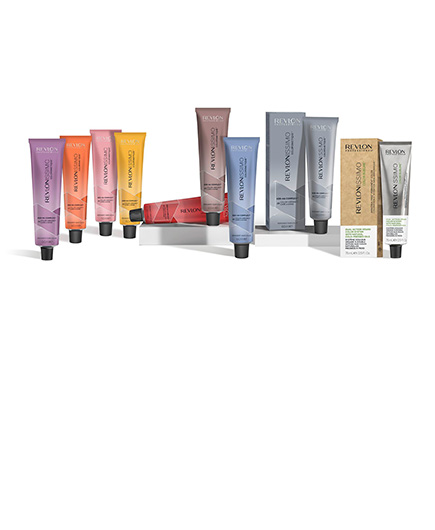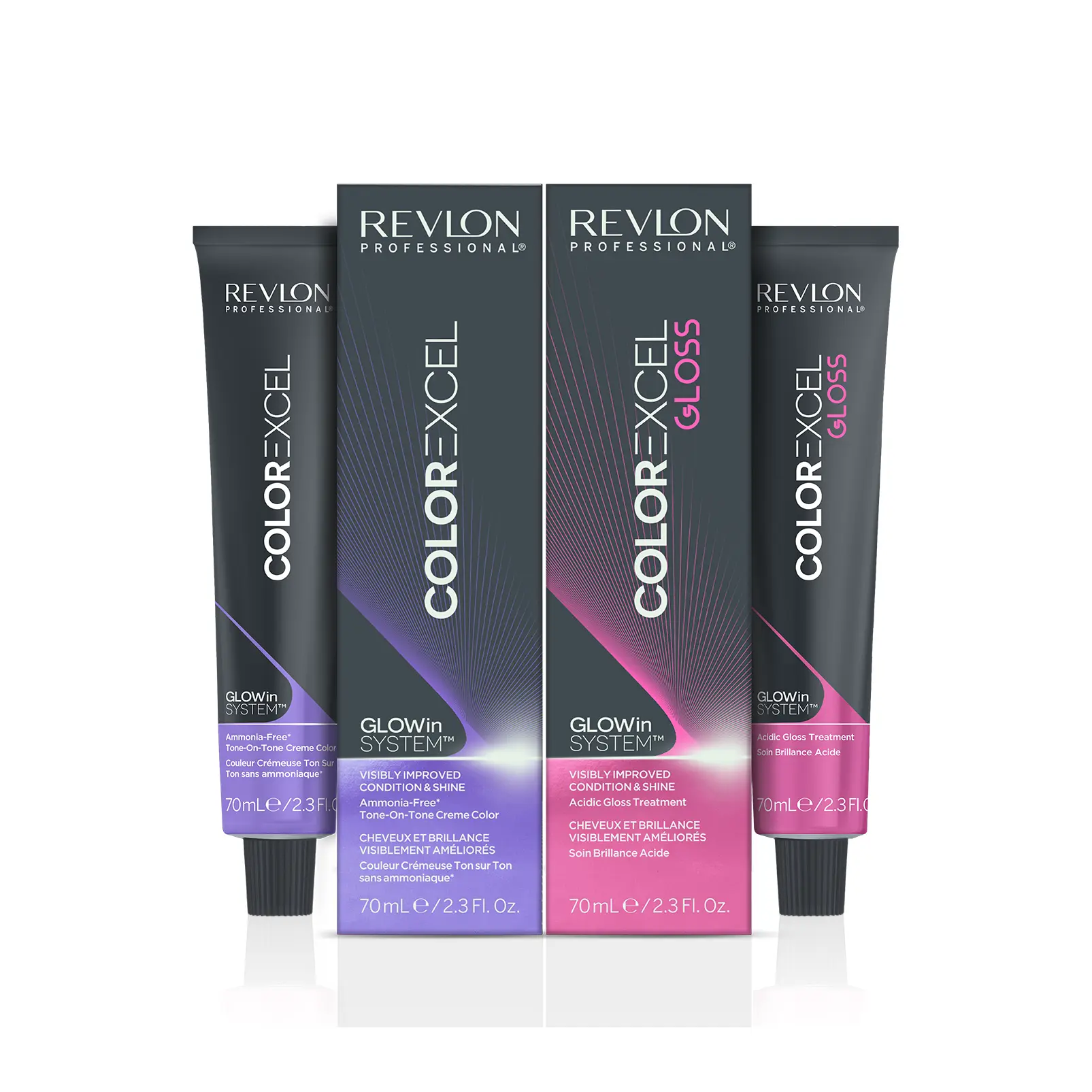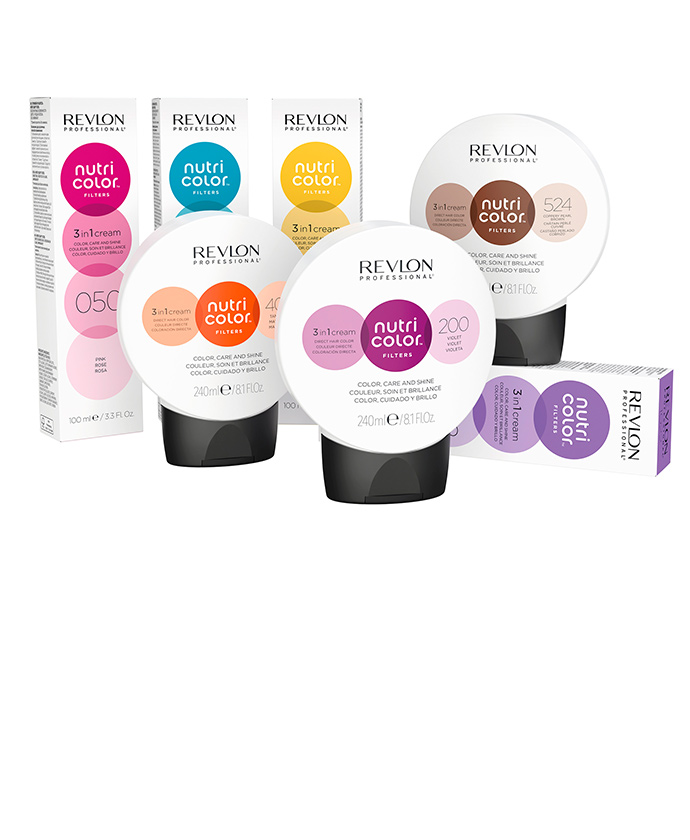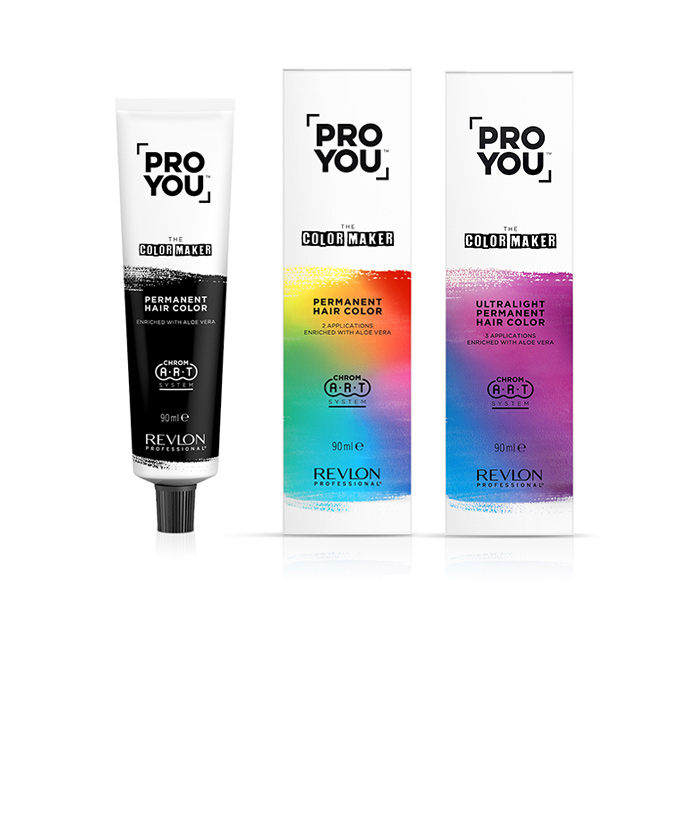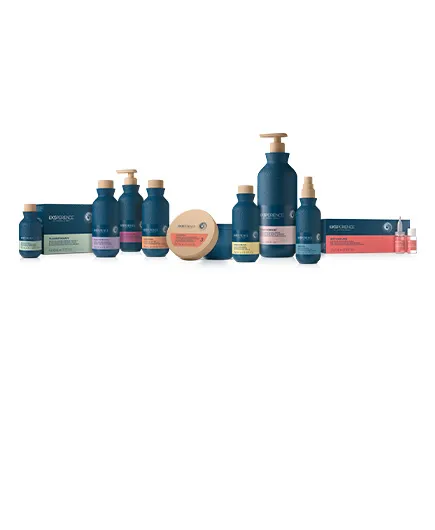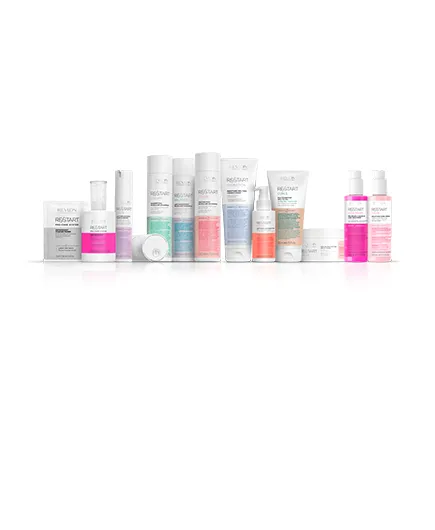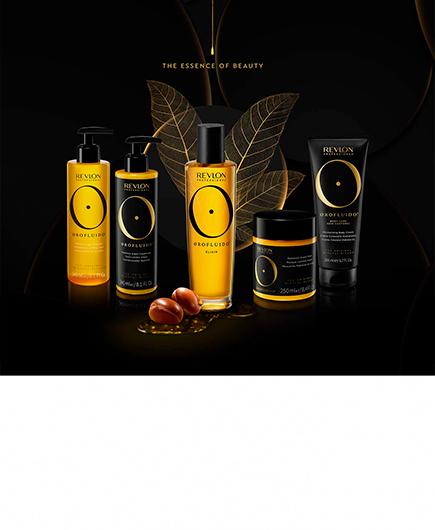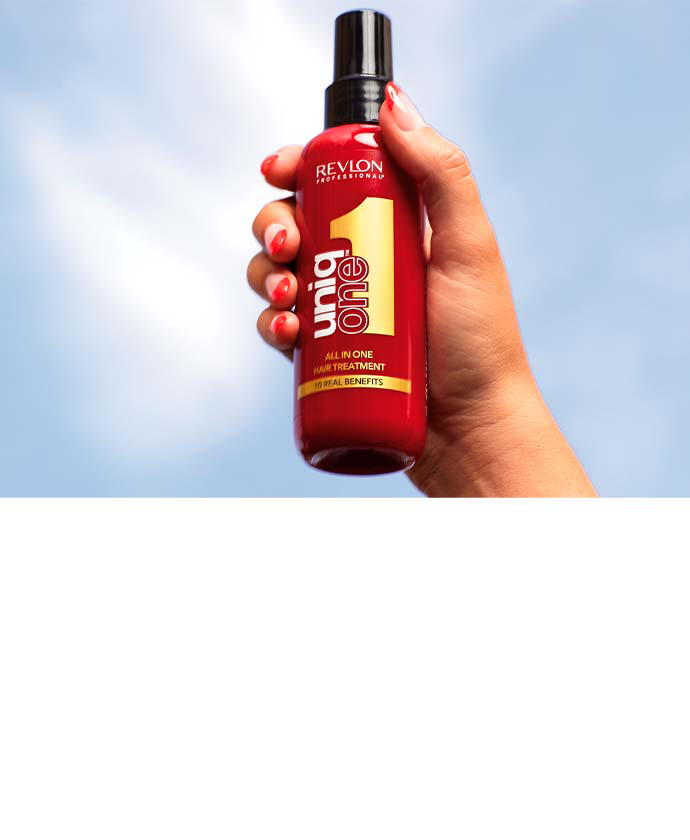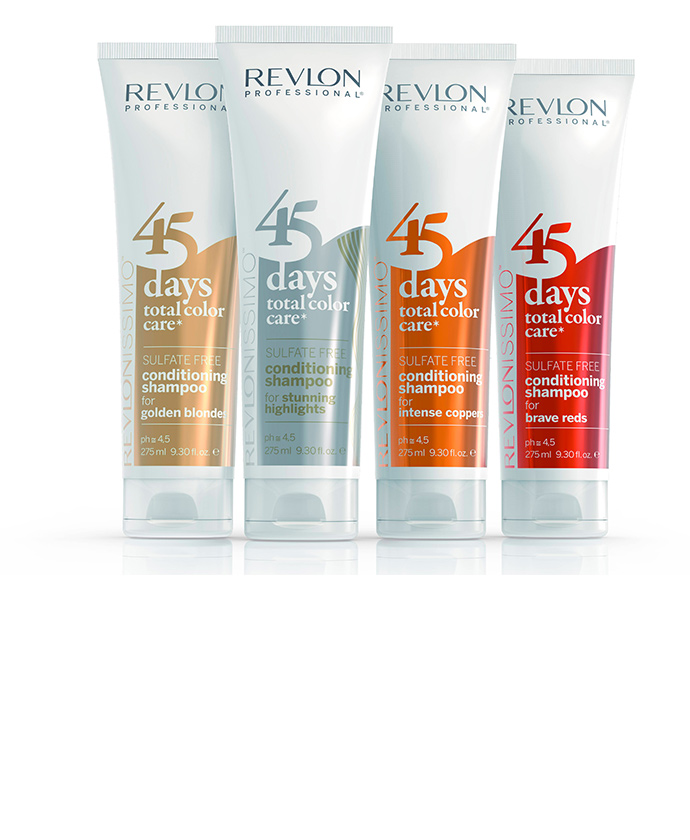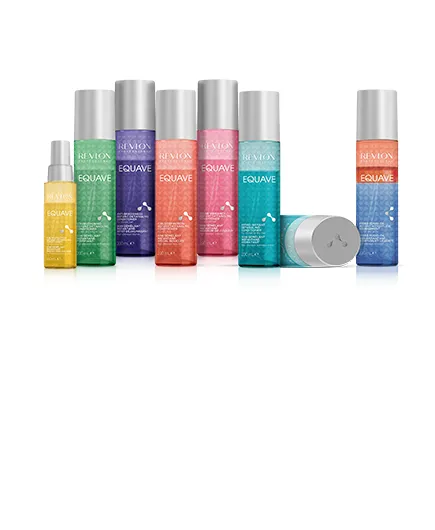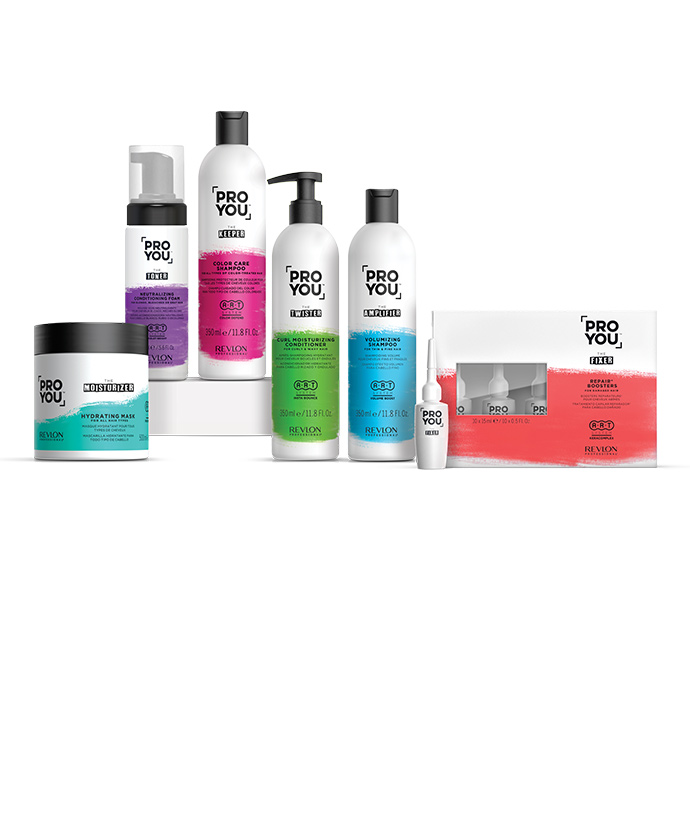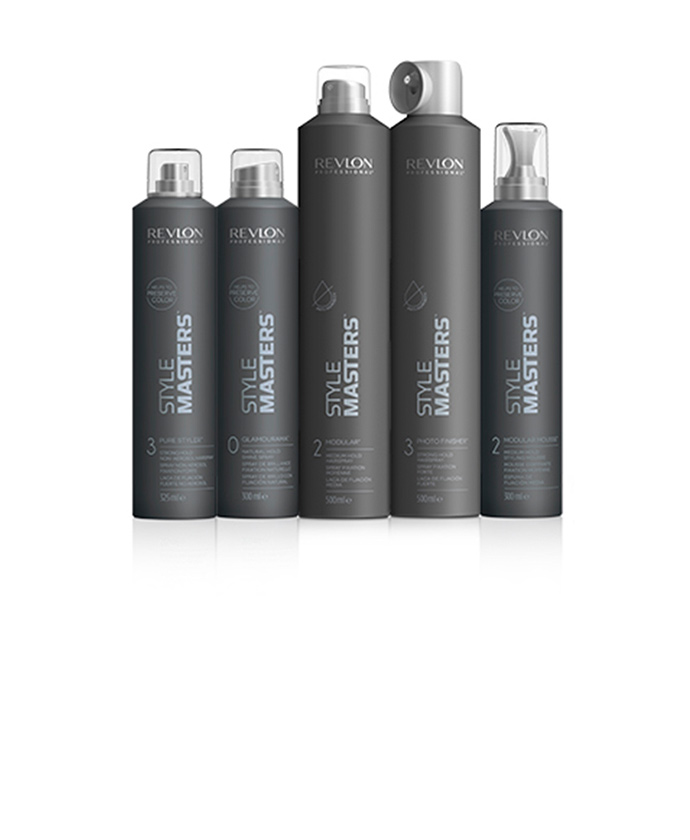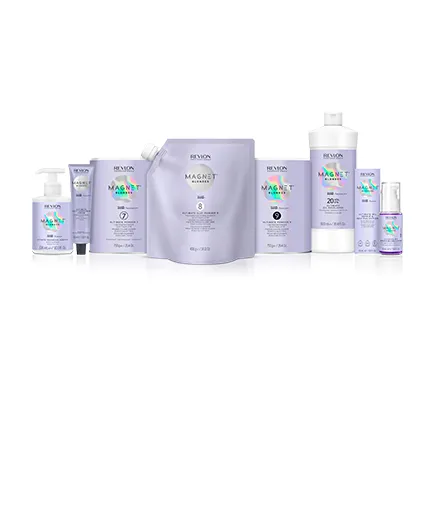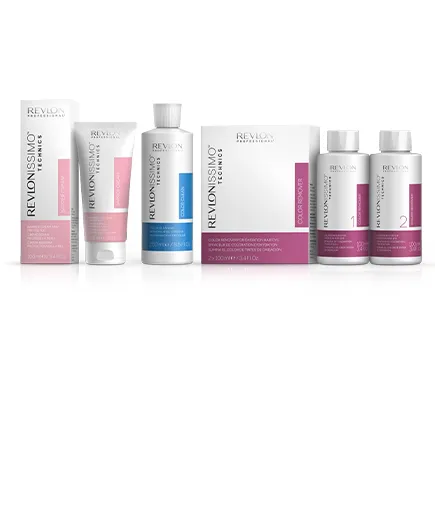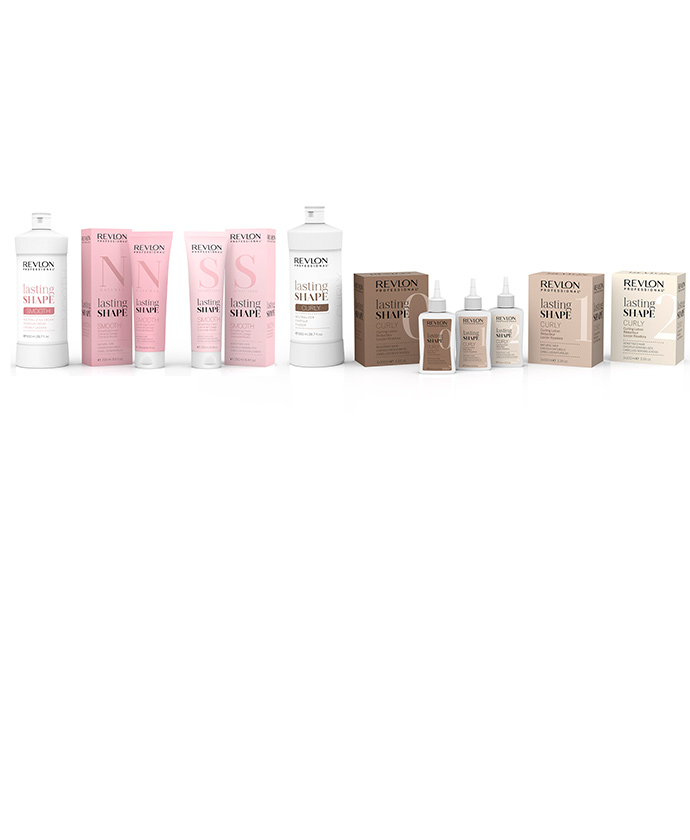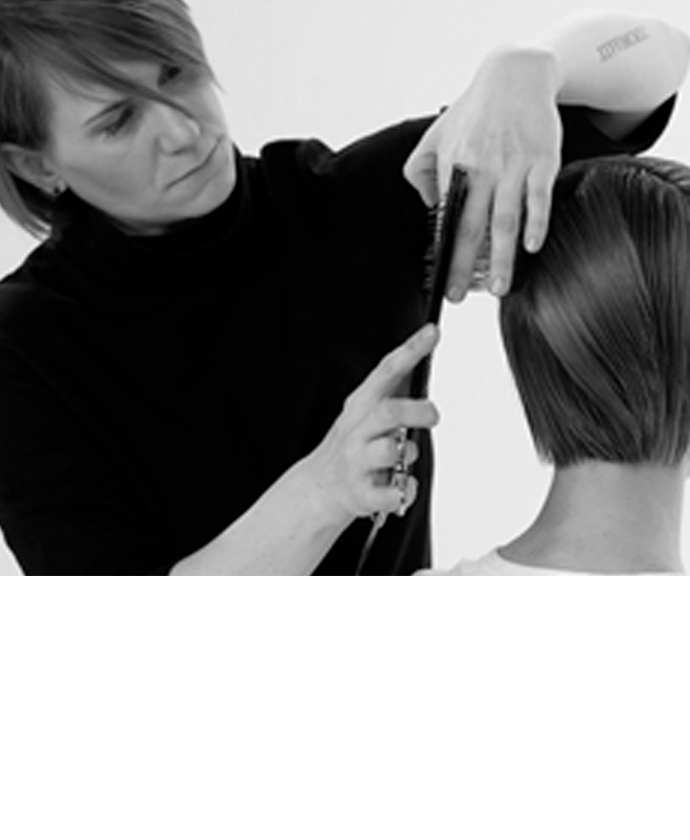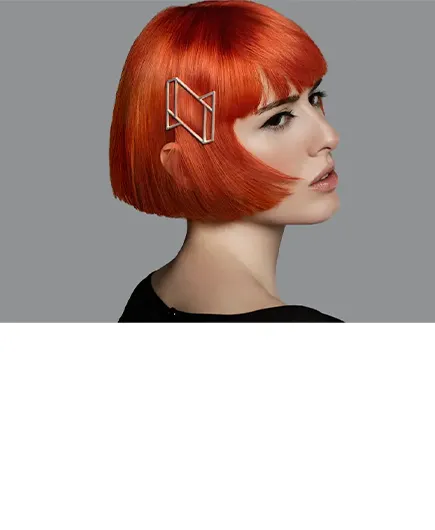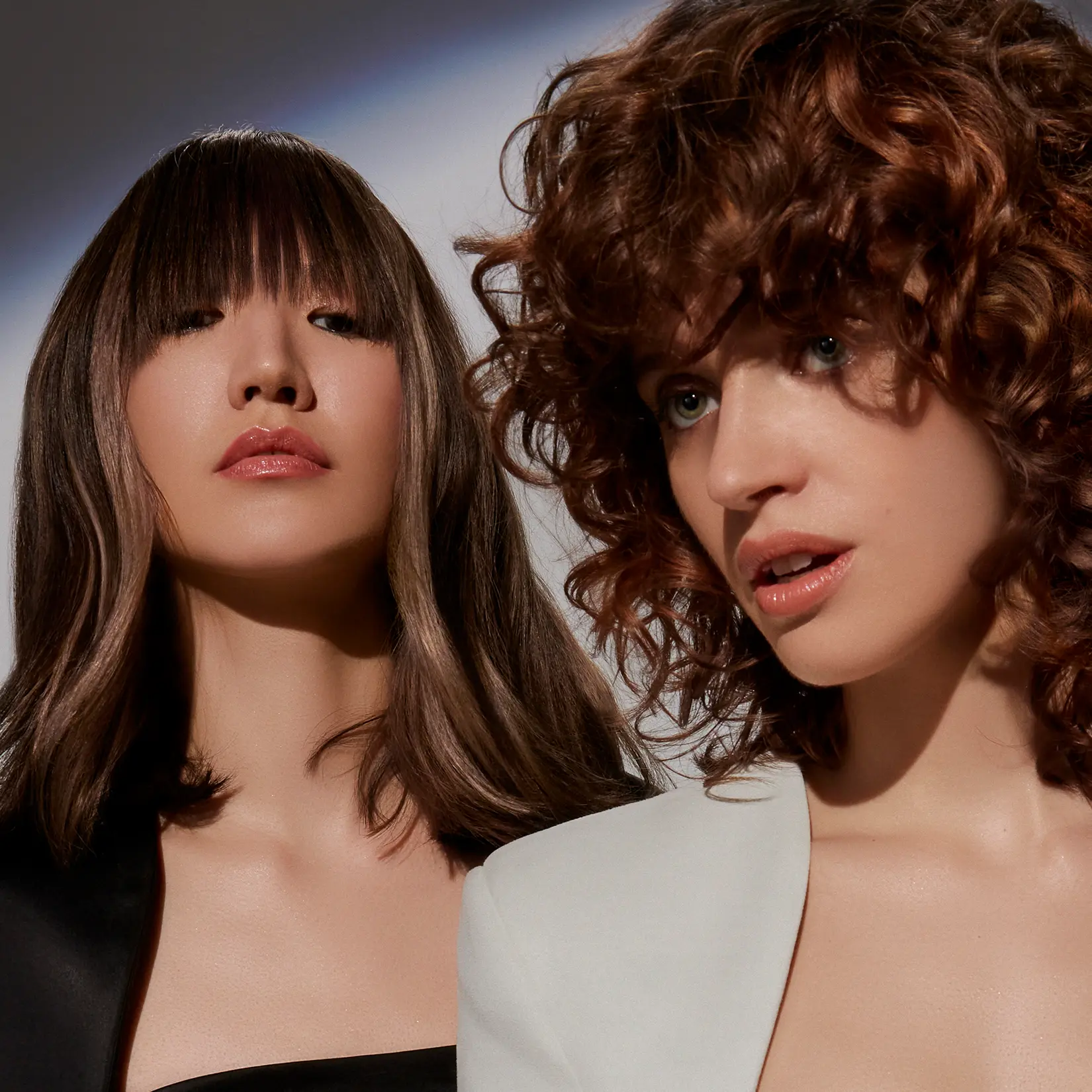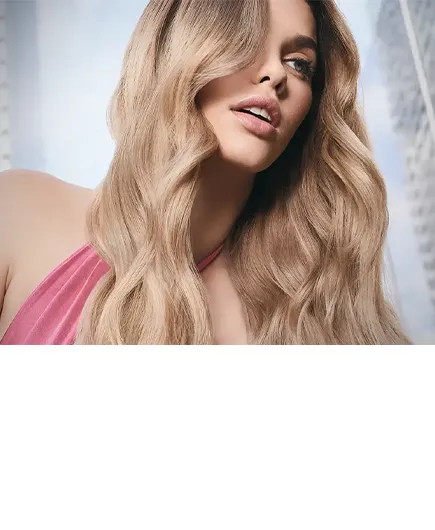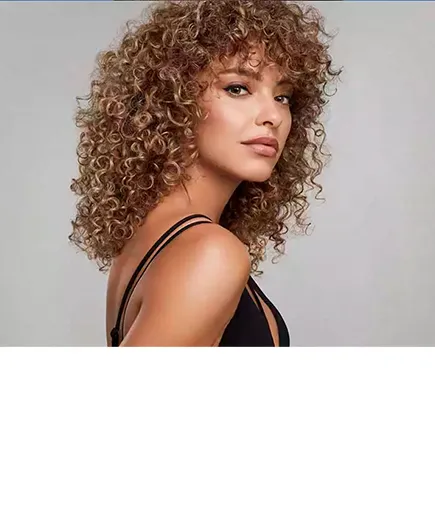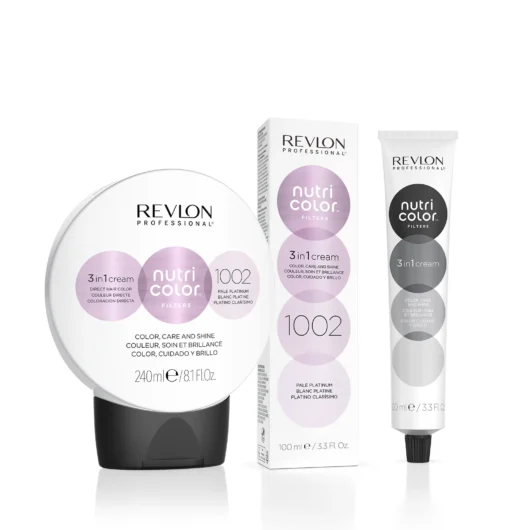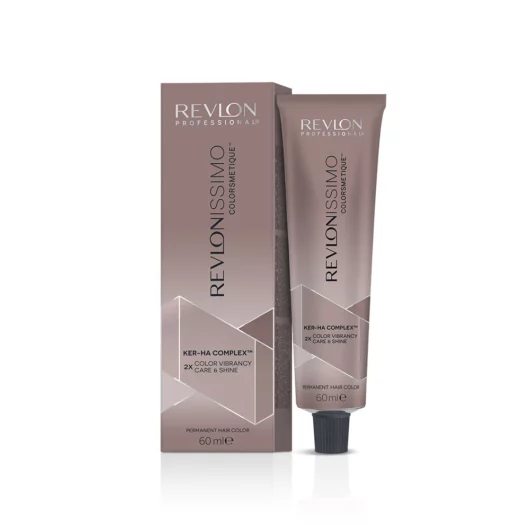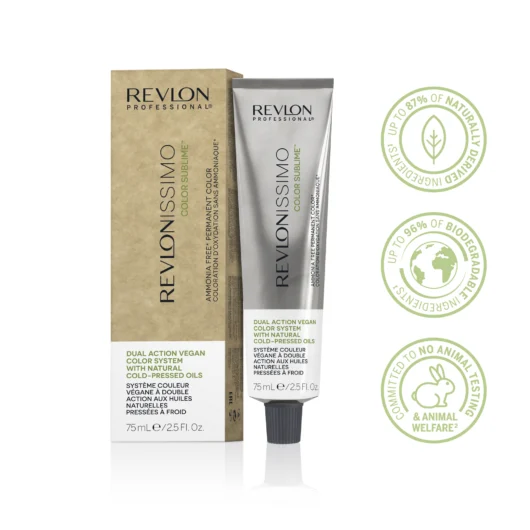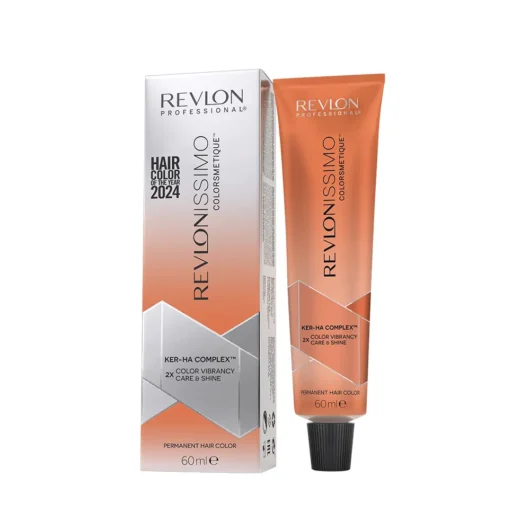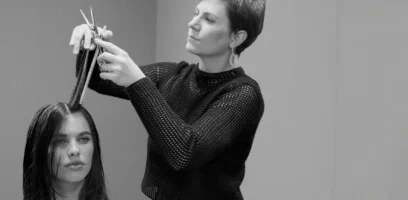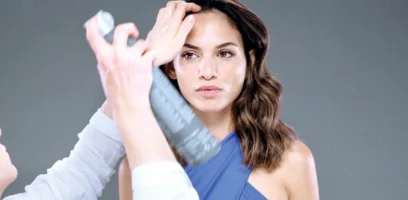Decoding Skin Tones: Advanced Techniques for Hairdresser Consultations
As a professional, if a new color doesn’t turn out as expected, there might be gaps in your consultation process. But don’t worry! We have tips and techniques inspired by the Seasonal Color Analysis System, an innovative concept popularized by Carole Jackson’s 1980s book, “Color Me Beautiful”. These insights will show you how considering different skin tones, hair, and eye colors can take your consultation skills to the next level. Remember, there’s always room to break or bend the ‘rules’ when it comes to creativity! Use this as a guide, but always be open to aligning hair color choices with your client’s personal style and preferences.

Skin tone analysis is essential for achieving a flattering look that goes beyond simple color matching. It involves aligning hair color with skin tone to enhance your client’s overall appearance. The right hair color can accentuate your client’s best features, bring out their natural glow, and create a personalized look that truly makes them shine. On the other hand, a mismatched color can make the skin appear dull or highlight imperfections. This is definitely not the outcome you want after your client has invested time and money in a new hairstyle.
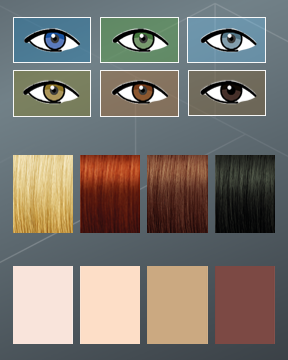
What Is Seasonal Color Analysis
Seasonal color analysis is a system that uses a person’s skin tone, natural eye color, and hair shade to create the best color palette for them. It considers their undertones (hue) and the lightness or darkness (value) of their skin, hair, and eyes to find the colors that best suit them.
How Is Your Season Determined?
Seasonal color analysis is based on three main factors:
- Hue: cool or warm
- Value: light or dark
- Chroma: muted/soft or bright/clear
Your client’s skin tone, hair color, and eye color will typically fall into one of four seasonal categories: Winter, Spring, Summer, or Fall. These categories are inspired by the colors commonly associated with each season—rich reds and oranges for Fall, icy blues for Winter, fresh greens for Spring, and soft pastels for Summer. This concept is also linked to how Impressionist painters captured the essence of landscapes and seasons through their use of color.
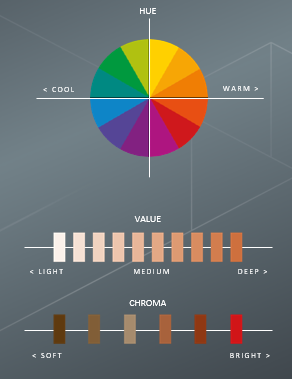
Differentiating Among Fair, Medium, and Dark Skin Tones
Fair Skin
Fair skin is light, and ranges from porcelain to ivory. This type of skin has undertones that can be cool or warm, and it tends to burn easily under the sun, showing redness or blemishes more prominently. Shades like 8.21 Nutri Color™ Filters Silver Beige work well to enhance the natural pinkish tones without overwhelming the complexion. For fair skin with warm undertones, 9.31 Light Beige will add warmth and vibrancy to the complexion.
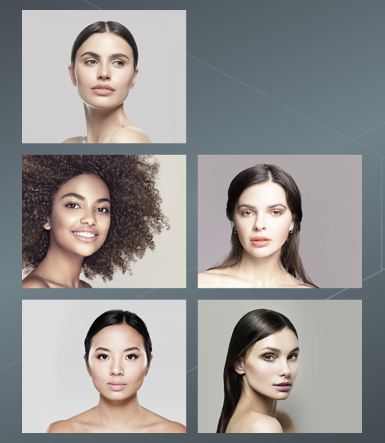
Medium Skin
Medium skin tones are versatile and often have a variety of undertones. For clients with warm undertones, 5.3 Light Golden Brown is an excellent option, as it brings out the natural warmth of the skin. For those with cooler undertones, 6.13 Dark Ash Golden Blonde by Revlonissimo Colorsmetique™ offers a mix of warm and cool permanent color for a refined and multi-dimensional depth that will enhance the skin’s natural tones without appearing too harsh.
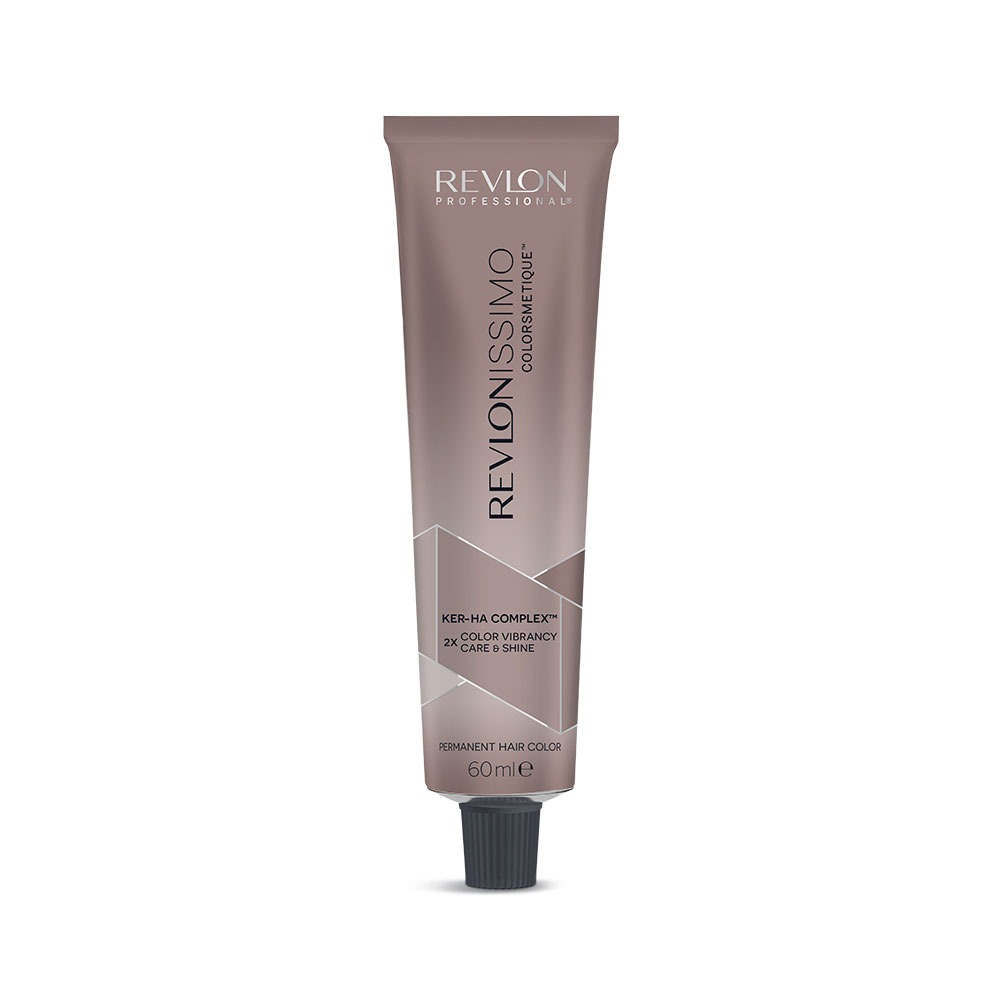
Dark Skin Tones
Clients with dark skin and cool undertones can explore a variety of shades from the Revlonissimo™ range that will look stunning. For example, the deepest 2.10 Black Black offers a rich, intense color that beautifully complements cool undertones. For clients with warm undertones, shades like 4.5 Medium Mahogany Brown or 5.4 Light Copper Brown can add warmth and depth, enhancing the skin’s natural glow.
The Science of Skin Undertones
Skin undertones are the underlying hues beneath the skin’s surface that remain consistent, even as the skin’s surface color changes due to factors like sun exposure or health. There are three main categories of undertones: cool, warm, and neutral. Understanding and identifying these undertones is essential for selecting hair colors that enhance and complement your client’s natural coloring. Let’s explore the differences!
Cool Undertones
Cool faces will have moderate to high contrast in their features and tend to have a pinkish or rosy complexion and pale skin with darker hair. They often look best with hair colors that have ash or cool tones, such as cool blondes, ash browns, or cool blacks. We love 4.1 Medium Ash Brown for a rich, deep brunette shade. For the perfect summer blonde, try Prismatic Pearl 10.21 by Color Excel Gloss. This stunning shade offers a soft yet sophisticated contrast that beautifully enhances your client’s cool undertones. Keep in mind, people of all races can have cool undertones—it’s all about the contrast between the skin tone and the hair.
View this post on Instagram
Warm Undertones
Warm-toned faces typically have little to moderate contrast in their features, often with lighter hair and yellow or peachy hues beneath the skin. Individuals with warm undertones usually have a golden or olive complexion. They tend to shine with hair colors that feature warm or golden tones—caramels, rich auburns, and chocolate browns are excellent choices. These rich shades beautifully complement warm undertones, creating a glowing effect.
We recommend shades like 7.34 Medium Golden Copper Blonde or 5.64 Light Red Copper Brown from the Revlonissimo Color Sublime™ range. For a stunning color that instantly enhances the skin’s natural warmth, try Color Excel 6.4 and 6.24. And remember, people of all races can have warm undertones—the key is the soft contrast between the skin tone and the hair.
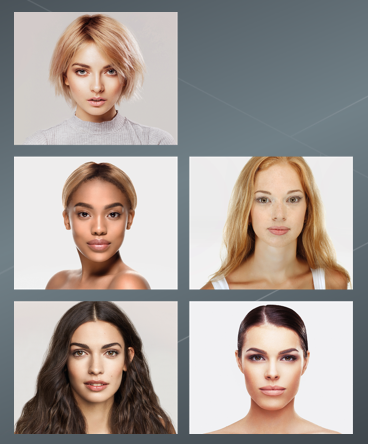
View this post on Instagram
Neutral Undertones
This category offers a balanced mix of cool and warm hues that complement your client’s natural tones. Shades like 5.24 Light Iridescent Chestnut Brown by Revlonissimo Colorsmetique™ provide the perfect blend of warm and cool tones, adding both interest and shine. But don’t stop there—neutral undertones can also look stunning with a wide range of fashion-forward and bold hair colors. Consider a vibrant copper to make a statement! To recreate this trendy look, reach for our 2024 Color of the Year, 88.44 Revlonissimo Colorsmetique™ Electric Copper Blonde.
View this post on Instagram
Skin Tone Analysis Techniques
Conducting a precise skin tone analysis requires a mix of techniques. Below are a variety of methods that will help guide you in the consultation process.
Vein Test
This is a quick and easy method where you examine the color of the veins on the inside of the wrist. Take a look at your client’s inner wrist—greenish veins typically indicate warm undertones, while purple or bluish veins suggest cool undertones. While this method can be helpful, it’s best to use it alongside other techniques for more accurate results.
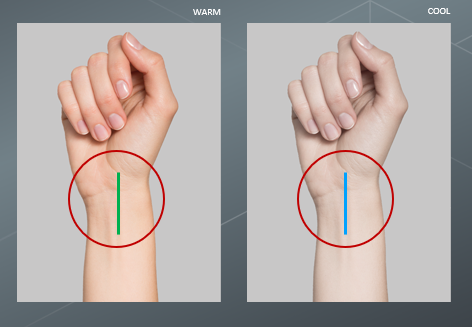
Jewelry Test
Another straightforward method is seeing which type of jewelry—gold or silver—looks better on your client. Gold jewelry tends to flatter warm undertones, while silver complements cool undertones. This visual cue provides a simple yet effective way to gauge undertones.
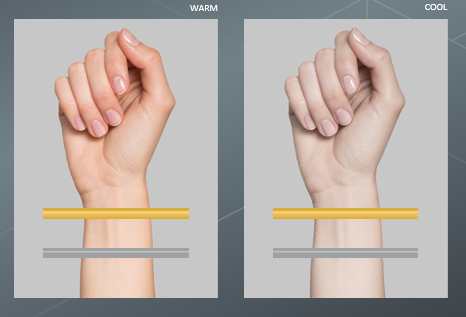
Color Draping
This is the most accurate method for determining undertones and involves placing different colored fabrics near the client’s face to see which colors brighten their complexion and which make it appear dull. This method allows for a visual understanding of how different colors interact with the client’s skin tone.
Paper Test
To conduct this test, use a piece of white paper or a pure white fabric (avoid shades like ivory or off-white). Hold the fabric or paper close to your client’s face in natural light. If their skin appears more yellow, peach, or golden, they have warm undertones. If their skin shows hints of blue, red, or pink, they have cool undertones.
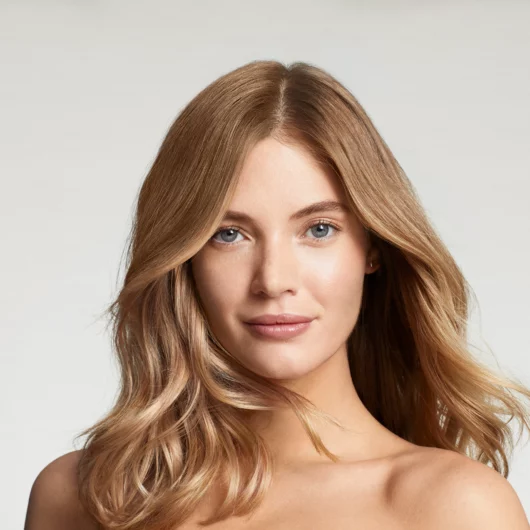
Incorporating Mood Boards and Dressing Tables
To elevate the consultation experience and determine if your client has cool, warm, or neutral undertones, use swatches or digital tools to preview how different hair colors will look against their skin. Mood boards with hair inspiration featuring models of various skin tones are incredibly helpful.
Setting up a well-lit dressing area against a natural backdrop, combined with virtual try-ons and temporary color applications, will help visualize the final result and ensure a more accurate assessment.
Additionally, using color swatches, wigs, or temporary color sprays allows clients to try out different looks under various lighting conditions. This hands-on approach lets them see how shades appear in real life, leading to more confident and bold choices. Plus, it’s fun and interactive!
Now that you know the techniques for choosing the perfect tones for each client, it’s time to empower your salon even further! How? Simply visit Revlon Pro AlwaysOn (available for clients only, so click the link to become one) and explore our in-depth skin tone analysis, including the best seasonal colors and techniques through our Helix Consultation Method.
To get all the products you need, go to Revlon ProShop, and for more color advice, check out our Revlon Pro Color World Mobile App, which offers professional color tools.


